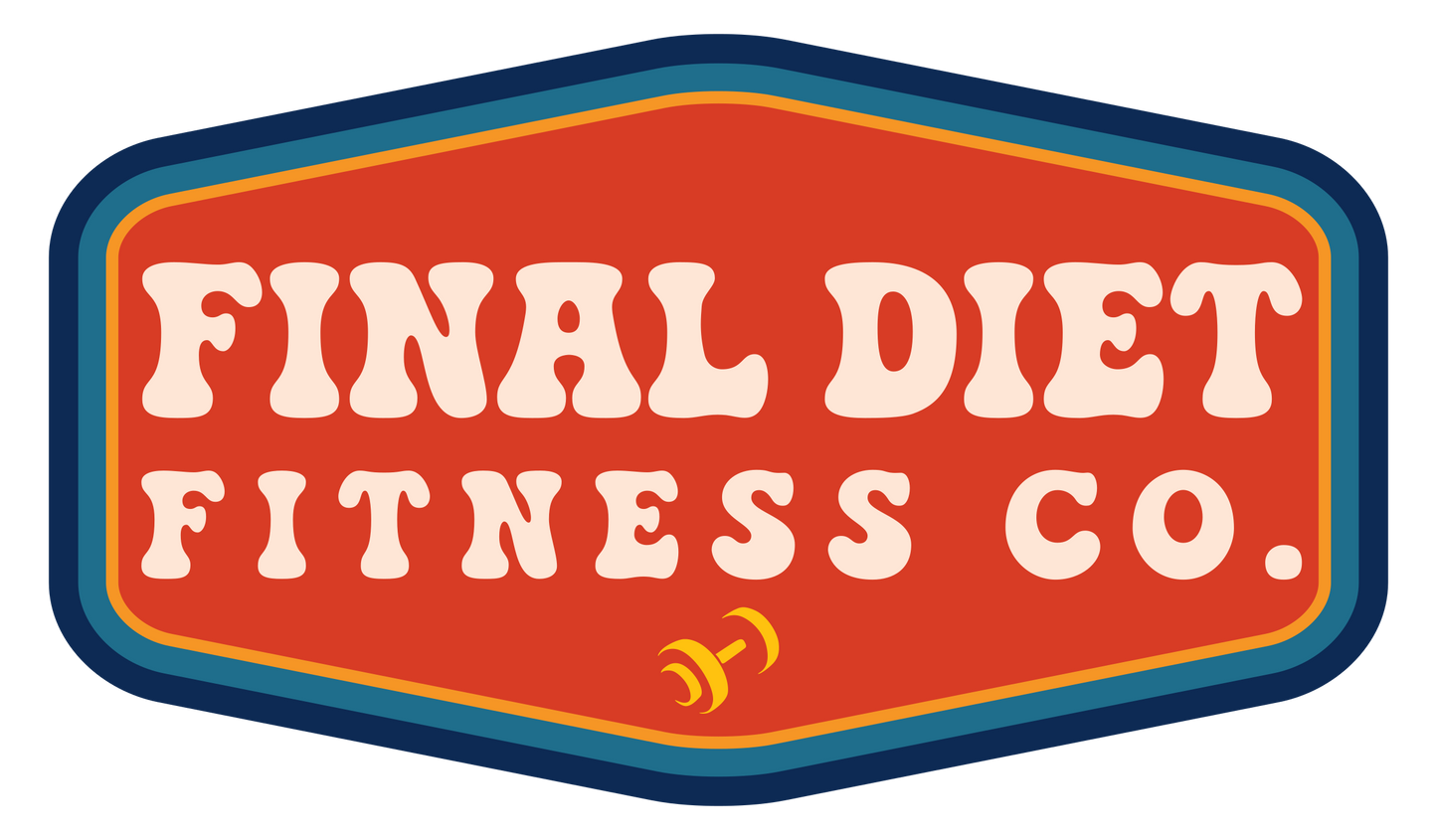
If you’ve been strength training for a while—or even just getting started—you’ve probably realized how easy it is to forget exactly what you did last week. How much weight did you lift? How many reps felt tough? Did you push yourself a little harder?
That’s where keeping a training journal comes in. It’s one of the simplest, most effective tools you can use to ensure you’re truly making progress, not just repeating the same workouts.
At The Final Diet Fitness Company, we use Train Heroic for this reason—it’s an easy, organized way to log workouts and see trends over time. But whether you use an app or a notebook, the principle remains the same: you can’t improve what you don’t track.
Why Strength Training Matters at Every Age
For adults in their 40s, 50s, 60s, and beyond, strength training is more than just building muscle—it’s about maintaining quality of life.
Lifting weights supports:
- Muscle mass retention: After age 30, we naturally lose 3–8% of muscle each decade. Training slows—and even reverses—this process.
- Bone density: Weight-bearing exercise helps prevent osteoporosis and reduces fracture risk.
- Metabolic health: More muscle means better glucose control, improved insulin sensitivity, and higher calorie expenditure.
- Joint support and posture: Stronger muscles protect joints and improve movement quality.
- Confidence and independence: Strength makes daily tasks—like carrying groceries, climbing stairs, or playing with grandkids—easier and more enjoyable.
In short, strength training helps you age stronger, not slower.
Why Tracking Your Workouts Matters
When you keep a training log, you create a measurable record of effort, performance, and consistency. Without tracking, workouts can start to feel like random exercise. But with tracking, you build structure—and structure is what drives results.
A training journal helps you:
- Apply progressive overload: You can’t add weight, reps, or volume over time if you don’t know where you started.
- Spot trends: You’ll see when certain lifts stall or improve, allowing for smarter adjustments.
- Build accountability: Logging workouts keeps you honest—no skipped sets or forgotten reps.
- Stay motivated: Seeing your own progress, even small improvements, reinforces why you started.
If your goal is to increase strength or muscle, tracking isn’t optional—it’s essential.
Progressive Overload: The Engine Behind Growth
Muscle and strength adapt only when challenged beyond their current capacity. That’s progressive overload—the gradual increase in demand placed on the muscles over time.
It can happen through:
- Adding weight to the bar
- Performing more reps or sets
- Improving exercise form or range of motion
- Reducing rest time between sets
When done consistently, these small progressions create long-term growth. A journal (or app) allows you to see exactly when and how to make those adjustments, ensuring you’re not just “working out” but training with intent.
Quality Sets Over Quantity
More sets don’t automatically mean better results. The best training programs focus on quality work—controlled reps, proper form, and consistent intensity. Logging your sessions helps you reflect on that.
- How did the last set feel?
- Could you have added five pounds?
- Did fatigue set in too early?
Writing these notes helps turn your workouts into data-driven learning, not guesswork.
Using an App Like Train Heroic
While paper journals work great, digital platforms like Train Heroic make logging simpler and more interactive. You can:
- Record weights, reps, and notes in seconds
- View long-term charts and metrics
- Track PRs (personal records) automatically
- Access pre-built programs directly from your coach
It keeps your training organized and your goals visible—no lost notebooks, no confusion.
Final Takeaway
Strength training is one of the most powerful habits you can build for lifelong health—and a training journal is your roadmap to getting stronger, not just busier. At any age, the key to lasting results isn’t random effort—it’s intentional progress. Track it, repeat it, and build upon it. Because the goal isn’t to do more. It’s to do better.
